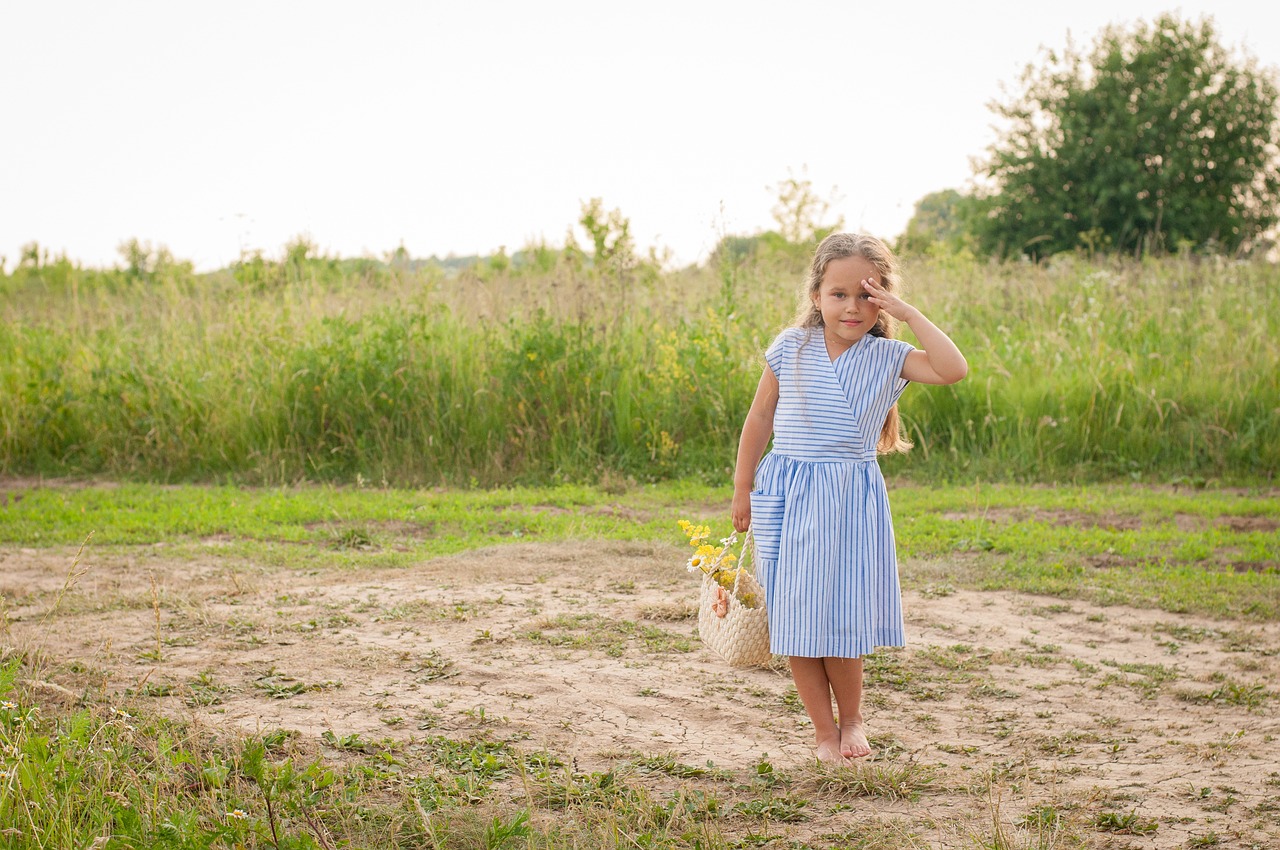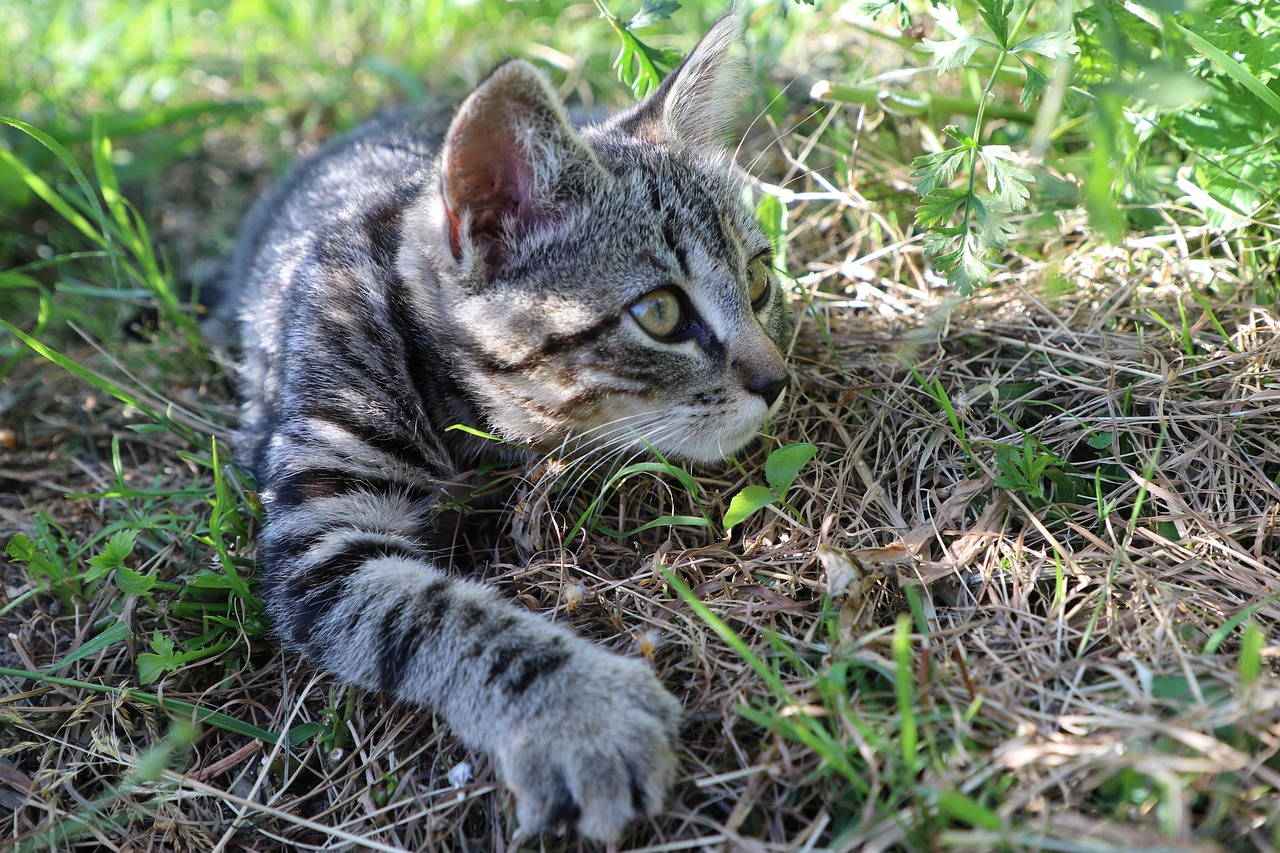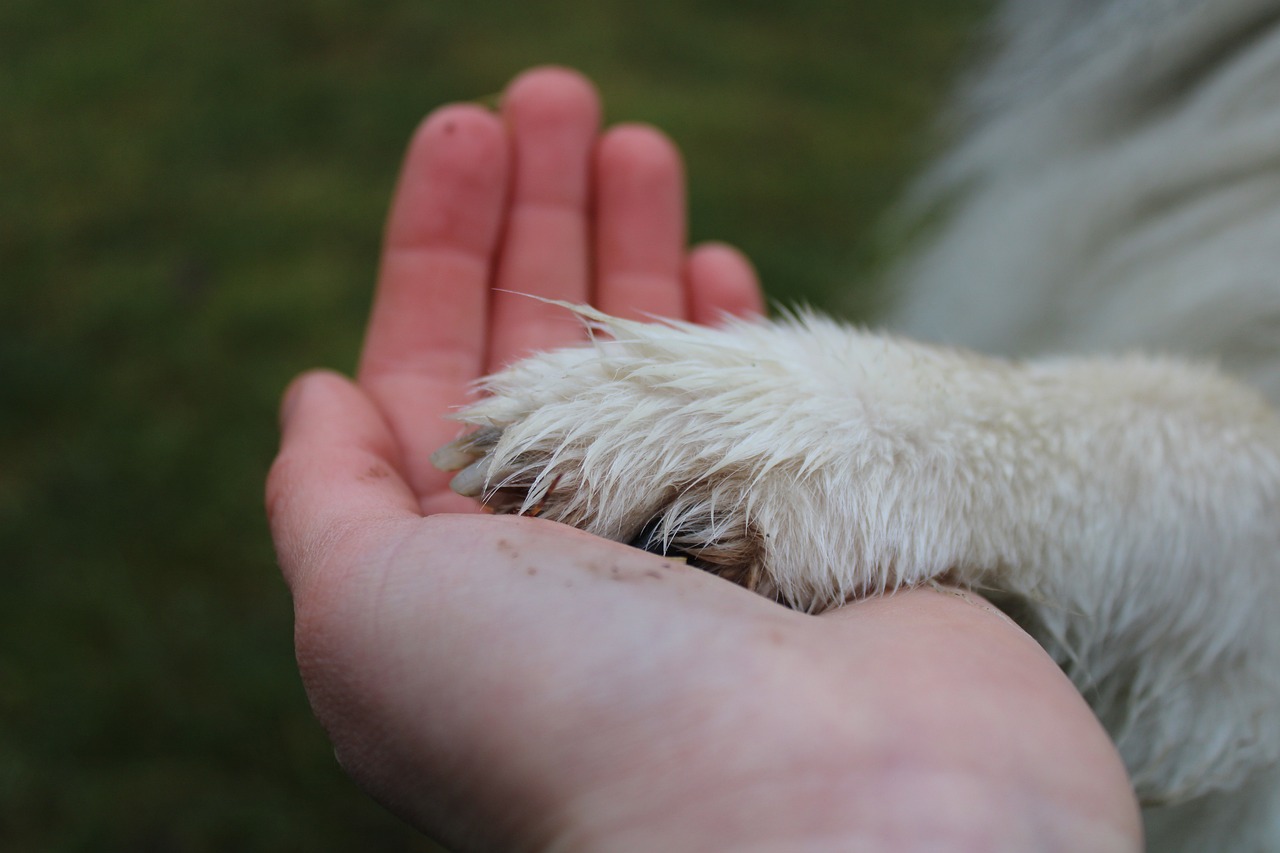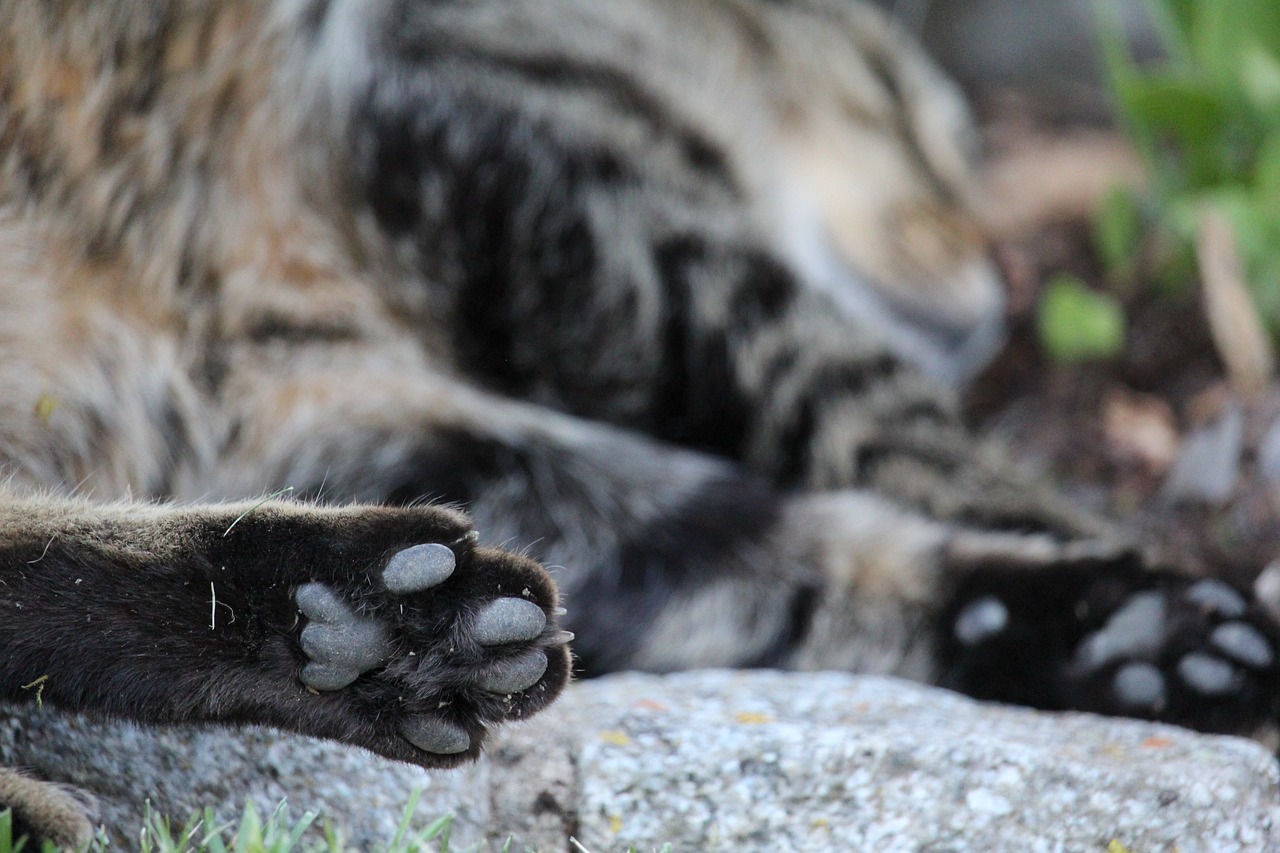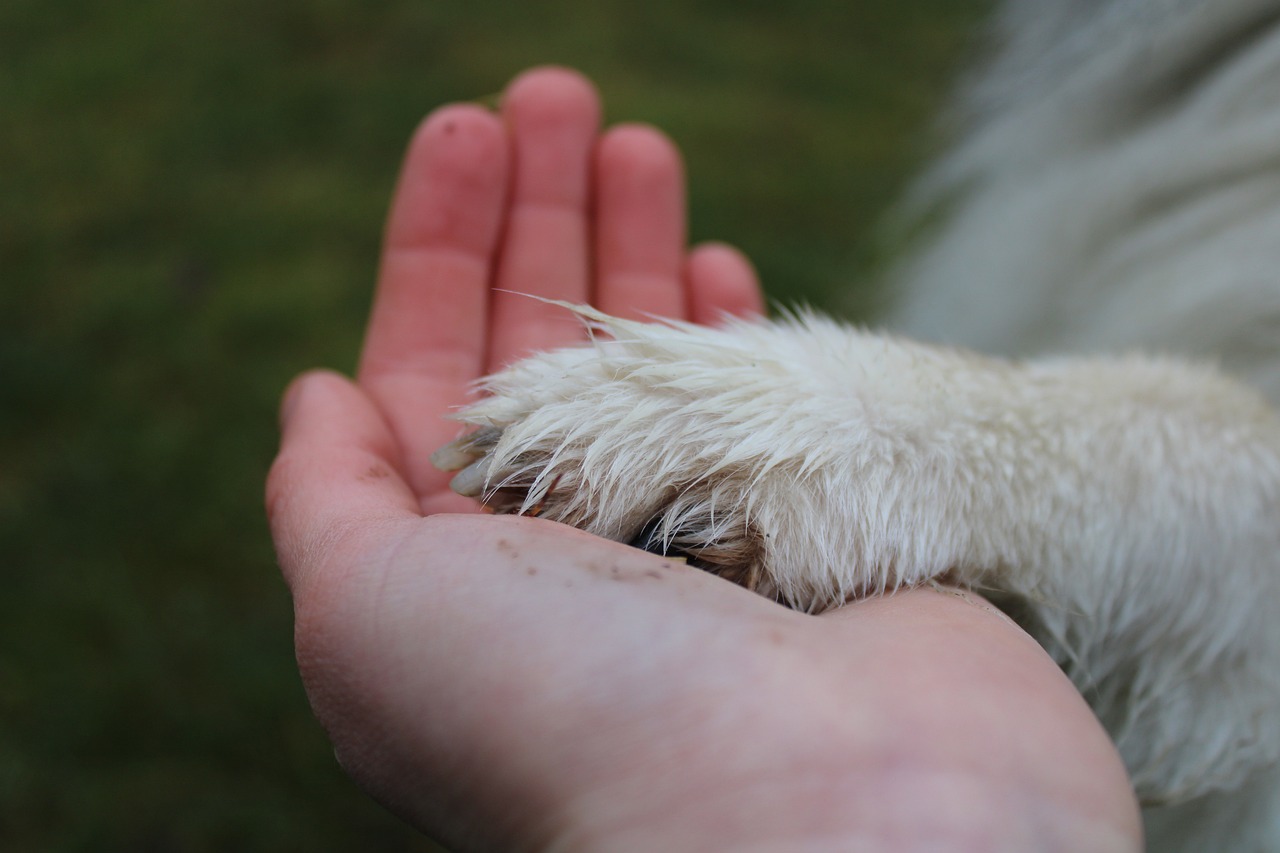Ryder is the charismatic leader of the Paw Patrol, a popular children’s animated series that follows a group of rescue dogs. This article delves into his character traits, his pivotal role in the series, and the significant impact he has on young viewers. As a figure of inspiration, Ryder embodies qualities that resonate with children, making him a beloved character.
Ryder is not just the leader of the Paw Patrol; he is the heart and soul of the team. His character is designed to be relatable and engaging for children, showcasing a blend of adventure, responsibility, and teamwork. As a young boy, Ryder demonstrates that age is not a barrier to leadership, making him an excellent role model.
- Intelligence: Ryder is quick-witted and able to devise effective strategies during missions.
- Bravery: He often faces challenges head-on, teaching children the value of courage.
- Compassion: His empathy towards others highlights the importance of kindness and understanding.
As the leader of the Paw Patrol, Ryder exhibits exceptional leadership qualities. He is confident, decisive, and always encourages his team. His ability to communicate effectively ensures that every mission is a collaborative effort, reinforcing the idea that teamwork is essential for success.
Ryder’s quick thinking is a vital asset during rescue missions. He assesses situations thoroughly, allowing him to develop strategies that utilize each Paw Patrol member’s unique skills. This not only aids in mission success but also teaches children about the importance of critical thinking and adaptability.
Ryder’s interactions with both his team and the community reflect his strong sense of empathy. He consistently teaches children the value of helping others and understanding their feelings, which are crucial life lessons.
Ryder acts as the mentor and coordinator for the Paw Patrol, guiding each member based on their strengths. His role is central to fostering a spirit of camaraderie and collaboration, emphasizing that every team member plays an important part in achieving their goals.
Ryder’s adventurous spirit shines through in his favorite activities, which often involve the great outdoors. His enthusiasm for exploration encourages children to engage in physical activities and appreciate nature.
Ryder frequently leads the Paw Patrol on exciting outdoor missions that involve rescue operations. These adventures not only entertain but also inspire children to explore their surroundings and develop a love for nature.
Ryder is portrayed as a tech-savvy character who employs gadgets and vehicles to assist in missions. This aspect introduces children to the world of technology, demonstrating its practical applications in problem-solving and creativity.
Ryder’s character has a profound influence on young viewers, promoting essential values such as teamwork, resilience, and leadership. His actions encourage children to take initiative and be responsible in their everyday lives.
As a young leader, Ryder serves as a relatable role model, showing children that leadership comes in various forms, regardless of age. His example inspires them to embrace their potential and take charge in their own lives.
Throughout the series, Ryder emphasizes the significance of teamwork and friendship. His interactions with the Paw Patrol members highlight the importance of collaboration and support, teaching children that working together leads to successful outcomes.
Ryder is known for several memorable quotes that encapsulate his positive outlook and leadership philosophy. These quotes resonate with children, reinforcing key lessons from the series.
Ryder’s quotes often focus on themes of courage and determination, encouraging children to face challenges head-on and believe in their abilities.
He frequently shares insights about teamwork, reminding children that collaboration is key to achieving goals. This vital lesson fosters their personal and social development, making Ryder a significant figure in their lives.
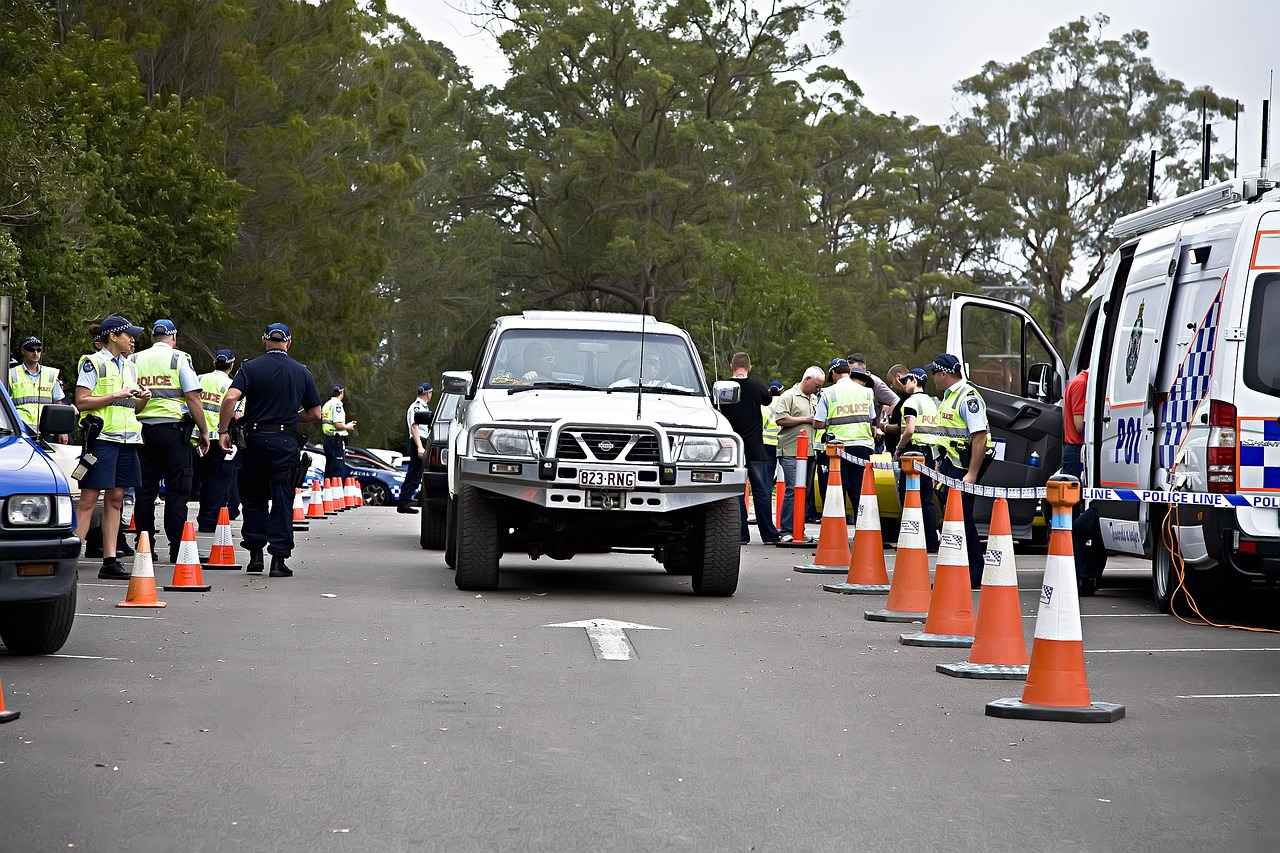
Who is Ryder in Paw Patrol?
Ryder is the heart and soul of the Paw Patrol, a popular animated series that captivates young audiences with its thrilling adventures and valuable life lessons. As the young leader of a team of rescue dogs, Ryder embodies the qualities of a true hero, making him a beloved character among children and parents alike. His engaging personality and strong moral compass set the tone for the series, teaching children about responsibility, teamwork, and bravery.
Ryder is not just a character; he is a role model. He is portrayed as a resourceful and intelligent boy who is always ready to take on challenges. His adventurous spirit drives the narrative, as he leads the Paw Patrol on various missions to help those in need. Whether it’s rescuing a kitten from a tree or saving a runaway train, Ryder is always at the forefront, demonstrating his commitment to his community and friends.
Ryder’s leadership qualities are what truly set him apart. He possesses a unique blend of confidence, compassion, and problem-solving skills. These traits not only allow him to lead effectively but also inspire his team of animated pups to give their best. Ryder’s ability to assess situations quickly and devise innovative strategies is essential during missions. He encourages each member of the Paw Patrol to use their unique skills, reinforcing the idea that teamwork is vital for success.
Ryder’s character has a profound impact on young viewers. He teaches children the importance of empathy and kindness. Through his interactions with the Paw Patrol and the community, Ryder showcases how being caring and understanding can make a significant difference in the lives of others. His adventures often highlight the significance of helping those in need, instilling a sense of responsibility and community service in young minds.
Ryder enjoys a variety of activities that reflect his adventurous nature. His passion for the outdoors is evident as he leads the Paw Patrol on numerous rescue missions. These outdoor adventures not only entertain children but also encourage them to explore their surroundings and develop a love for nature. Ryder’s enthusiasm for exploration inspires children to engage in physical activities, promoting a healthy and active lifestyle.
Another fascinating aspect of Ryder’s character is his tech-savvy nature. He is often seen using advanced gadgets and vehicles to assist the Paw Patrol during missions. This portrayal introduces children to the world of technology and its applications in solving problems. By showcasing Ryder’s innovative approach to challenges, the series encourages curiosity and an interest in STEM (Science, Technology, Engineering, and Mathematics) fields among young viewers.
Ryder is known for his memorable quotes that resonate with children. His words often emphasize courage and determination, encouraging kids to face challenges head-on. For instance, he often reminds his team that “No job is too big, no pup is too small,” reinforcing the idea that everyone can contribute to making a difference, regardless of size or age. These inspirational messages not only entertain but also instill valuable life lessons that children can carry into their everyday lives.
In summary, Ryder is more than just the leader of the Paw Patrol; he is a symbol of leadership, empathy, and adventure. His character serves as a guiding light for young viewers, promoting essential values that help shape their understanding of teamwork, responsibility, and kindness. Through his exciting adventures and engaging personality, Ryder continues to inspire children around the world, making him a cherished figure in the realm of children’s entertainment.

What are Ryder’s Key Traits?
Ryder, the young leader of the Paw Patrol, is a character that resonates deeply with children. His journey is not just about leading a team of rescue dogs; it’s about embodying key traits that promote positive values. Understanding Ryder’s key traits can provide valuable lessons for young audiences, shaping their views on teamwork, problem-solving, and personal growth.
One of Ryder’s most significant traits is his intelligence. He is portrayed as a quick thinker who can analyze situations swiftly. Whether it’s devising a rescue plan or troubleshooting technical issues, Ryder’s ability to think critically is essential. This intelligence isn’t just about book smarts; it involves understanding the strengths and weaknesses of his team members and utilizing them effectively. For instance, during a mission, he might quickly assess the terrain and decide which Paw Patrol member is best suited for the task at hand, showcasing his strategic thinking.
Ryder’s bravery is another defining characteristic. He often leads his team into challenging situations, demonstrating that courage is not the absence of fear but the determination to act despite it. Children watching Ryder face various obstacles learn that bravery can manifest in many forms, whether it’s speaking up for a friend or trying something new. His fearless attitude encourages young viewers to confront their fears and take on challenges with confidence.
Ryder’s compassion is evident in his interactions with both his team and the community. He consistently shows understanding and kindness, teaching children the importance of empathy. For example, when a mission involves helping a lost animal, Ryder not only focuses on the task but also ensures that the emotional well-being of the creature is considered. This aspect of his character highlights the significance of caring for others, making it a crucial lesson for young audiences.
As the leader of the Paw Patrol, Ryder exemplifies what it means to be an effective leader. His ability to communicate clearly and inspire his team is vital. Ryder encourages each member to voice their ideas and contributions, fostering a sense of belonging and teamwork. This collaborative approach teaches children that leadership is not just about directing others but about listening and valuing everyone’s input. His leadership style serves as a model for young viewers, demonstrating that great leaders empower those around them.
Ryder’s problem-solving abilities are put to the test during each mission. He approaches challenges methodically, often brainstorming solutions with his team. This process not only showcases his intelligence but also highlights the importance of working together to overcome obstacles. Children learn that challenges can be tackled more effectively when approached collaboratively, reinforcing the idea that teamwork is essential in problem-solving.
Ryder’s love for the outdoors is infectious. He encourages children to explore their environments, promoting a healthy lifestyle and appreciation for nature. His adventures often involve outdoor missions that inspire kids to engage in physical activities, fostering a sense of adventure and curiosity about the world around them. This connection to nature serves as a reminder of the importance of staying active and appreciating the beauty of the environment.
In addition to his leadership and compassion, Ryder is portrayed as a tech-savvy character. He uses various gadgets and vehicles to assist in missions, introducing children to the world of technology. This aspect of his character not only entertains but also educates, showing kids that technology can be a valuable tool in problem-solving and creativity. By integrating technology into his adventures, Ryder inspires young viewers to embrace innovation and think outside the box.
Overall, Ryder’s key traits of intelligence, bravery, compassion, effective leadership, problem-solving abilities, love for the outdoors, and technological savvy create a well-rounded character that serves as a positive role model for children. These attributes not only entertain but also provide essential lessons that young audiences can carry into their everyday lives.
Ryder’s Leadership Skills
Ryder, the charismatic leader of the Paw Patrol, embodies a range of leadership skills that not only drive the team to success but also serve as valuable lessons for young viewers. His unique approach to leadership is characterized by several key attributes that make him an exemplary role model.
- Confidence: Ryder approaches each mission with a sense of confidence that inspires his team. This confidence is not just about being assertive; it is about believing in the abilities of his team members and fostering an environment where they feel empowered to contribute.
- Effective Communication: Communication is crucial in any leadership role, and Ryder excels in this area. He clearly articulates the goals of each mission, ensuring that all Paw Patrol members understand their roles. This clarity helps to eliminate confusion and promotes efficiency.
- Adaptability: Ryder’s ability to adapt to changing circumstances is another hallmark of his leadership. During missions, unexpected challenges often arise, and Ryder demonstrates quick thinking and flexibility, adjusting plans as necessary to achieve success.
- Delegation: A great leader knows when to delegate tasks, and Ryder does this effectively. He recognizes the unique strengths of each Paw Patrol member and assigns responsibilities accordingly, which not only boosts team morale but also enhances performance.
- Encouragement: Ryder is known for his uplifting demeanor. He encourages his team, celebrating their successes and providing support during setbacks. This positive reinforcement builds resilience and fosters a strong team spirit.
Ryder’s problem-solving abilities are particularly noteworthy. He approaches challenges with a strategic mindset, often breaking down complex situations into manageable parts. This analytical approach allows him to devise effective solutions that leverage the strengths of his team members.
For instance, when the Paw Patrol faces a situation requiring a unique skill set, Ryder assesses which member is best suited to tackle the task. By doing so, he not only ensures that the mission is executed successfully but also instills a sense of pride and ownership in his team.
Another significant aspect of Ryder’s leadership is his empathy. He shows genuine care for both his team and the community they serve. Ryder’s interactions are characterized by understanding and compassion, teaching young viewers the importance of kindness in leadership. This emotional intelligence helps him connect with others, making him a trusted and respected leader.
Furthermore, Ryder emphasizes the importance of teamwork. He frequently reminds his team that collaboration is key to overcoming obstacles. By fostering a culture of teamwork, he teaches children that working together can lead to greater outcomes than working alone. This lesson is invaluable, as it encourages young viewers to value cooperation in their own lives.
In summary, Ryder’s leadership skills are a blend of confidence, communication, adaptability, delegation, encouragement, problem-solving, empathy, and teamwork. These qualities not only help him lead the Paw Patrol effectively but also serve as vital lessons for children watching the show. By embodying these traits, Ryder inspires young viewers to develop their own leadership skills, fostering a new generation of confident and compassionate leaders.
Problem-Solving Abilities
Ryder’s problem-solving abilities are a cornerstone of his leadership in the Paw Patrol series. As the young leader of a team of animated rescue dogs, his capacity to think on his feet and devise effective strategies is essential during emergencies. Each episode showcases Ryder’s knack for assessing situations quickly and accurately, ensuring that he can mobilize his team efficiently.
Ryder’s approach to problem-solving is multi-faceted. He begins by analyzing the situation at hand. Whether it’s a lost kitten stuck in a tree or a more complex rescue operation, Ryder takes the time to gather all necessary information. This careful assessment allows him to understand the challenges involved and the best course of action. By prioritizing information gathering, he sets a strong foundation for effective decision-making.
One of the key aspects of Ryder’s problem-solving skills is his ability to leverage the unique abilities of each Paw Patrol member. Each dog has specialized skills—Chase is excellent at tracking, Skye is a skilled pilot, and Rubble is a construction expert. Ryder understands these strengths and assigns tasks accordingly, ensuring that every member plays a vital role in the mission. This not only enhances the team’s efficiency but also fosters a sense of teamwork and camaraderie.
For instance, in a scenario where a bridge is out, Ryder might quickly assess the situation and decide that Rubble should use his construction skills to build a temporary bridge while Skye surveys the area from above to identify any potential hazards. This collaborative approach not only resolves the immediate problem but also teaches young viewers the importance of teamwork and utilizing individual strengths for a common goal.
Moreover, Ryder’s quick thinking is complemented by his creativity. He often comes up with innovative solutions that may not be immediately obvious. For example, when faced with a problem that requires a unique tool or gadget, Ryder is quick to improvise using what is available. This aspect of his character encourages children to think outside the box and fosters creativity in their own problem-solving endeavors.
Ryder also emphasizes the importance of staying calm under pressure. In high-stress situations, he models how to maintain composure, which is a crucial skill for effective problem-solving. By demonstrating this behavior, he teaches young viewers that panic can cloud judgment and that taking a moment to breathe and think can lead to better outcomes.
In addition to his individual problem-solving skills, Ryder’s leadership style promotes a culture of collaboration and communication within the team. He encourages the Paw Patrol members to voice their ideas and suggestions, fostering an environment where everyone feels valued. This not only enhances the team’s problem-solving capabilities but also instills a sense of responsibility and ownership among the members.
In conclusion, Ryder’s problem-solving abilities are not just about finding solutions; they encompass a broader set of skills that include teamwork, creativity, and emotional intelligence. His character serves as a powerful role model for young viewers, teaching them that effective problem-solving involves careful assessment, leveraging strengths, and maintaining a calm demeanor. Through Ryder’s adventures, children learn that challenges can be overcome through collaboration and innovative thinking, valuable lessons that extend beyond the screen.
Empathy and Compassion
In the world of children’s programming, few characters embody empathy and compassion as effectively as Ryder from Paw Patrol. His interactions with both his team and the broader community serve as a powerful example for young viewers, teaching them the significance of kindness and understanding in their daily lives. Ryder’s approach to leadership is not just about directing his team; it is about fostering an environment where every member feels valued and supported.
Ryder’s empathy is evident in his daily actions. He actively listens to the concerns of his team members, ensuring they feel heard and appreciated. This practice not only strengthens the bond within the Paw Patrol team but also instills the importance of emotional intelligence in children. By demonstrating that understanding others’ feelings is crucial, Ryder encourages kids to practice empathy in their own interactions.
Moreover, Ryder engages with the community in ways that highlight the importance of giving back. Whether he is helping a neighbor or organizing community events, his actions show children that empathy extends beyond personal relationships. It is about recognizing the needs of others and taking action to assist them. This lesson is vital in developing socially responsible individuals who are aware of their surroundings.
Another significant aspect of Ryder’s character is his ability to teach children about kindness. Through various episodes, Ryder often emphasizes that simple acts of kindness can create a ripple effect, inspiring others to do the same. For instance, when a Paw Patrol member is feeling down, Ryder encourages the rest of the team to rally around their friend, demonstrating how support can uplift spirits and strengthen friendships.
To illustrate Ryder’s empathetic nature further, consider the following examples:
| Situation | Ryder’s Response | Lesson Learned |
|---|---|---|
| A team member feels overwhelmed | Ryder offers support and encouragement | The importance of teamwork and support |
| A community member is in distress | Ryder organizes a rescue mission | Helping others in need |
| A misunderstanding arises within the team | Ryder facilitates a discussion to clear the air | The value of communication |
Ryder’s ability to teach children about empathy and compassion is not limited to his interactions with the Paw Patrol team. He often leads by example in community settings, showing that everyone can contribute positively to their environment. His adventures frequently involve helping those in need, reinforcing the idea that empathy is not just a feeling but a call to action.
In conclusion, Ryder’s character serves as a remarkable role model for young viewers. Through his actions, he instills essential values of empathy and compassion, encouraging children to embrace kindness in their everyday lives. By showcasing how understanding and supporting others can lead to stronger relationships, Ryder helps shape a generation that values emotional intelligence and social responsibility.
Ryder’s Role in the Paw Patrol Team
In the vibrant world of Paw Patrol, Ryder stands out as the young and charismatic leader who plays a crucial role in the dynamics of the team. As the coordinator and mentor, Ryder’s influence is felt in every mission the Paw Patrol undertakes. His leadership style is not just about giving orders; it is about understanding and nurturing the unique strengths of each team member.
Ryder’s ability to assess the capabilities of his team is one of his most impressive traits. He recognizes that each member of the Paw Patrol has distinct skills that contribute to their collective success. For example, Chase is known for his speed and police skills, while Marshall brings his firefighting expertise to the table. Ryder ensures that each pup is assigned tasks that align with their strengths, fostering a sense of confidence and purpose among the team.
Moreover, Ryder’s role as a mentor extends beyond just mission planning. He actively encourages his team to communicate openly and support one another. This emphasis on teamwork is vital, as it teaches young viewers the importance of collaboration. By showcasing how the pups rely on each other’s abilities, Ryder instills valuable lessons about friendship and cooperation.
Ryder’s leadership is characterized by his empathetic approach. He listens to his team, valuing their opinions and feelings. This not only enhances the team’s morale but also creates a safe environment where each member feels valued. For instance, when a pup is feeling unsure or scared, Ryder is quick to offer words of encouragement, reminding them that it’s okay to ask for help.
In addition to his mentoring role, Ryder also serves as a problem-solver during missions. His quick thinking and innovative strategies are essential when facing challenges. Ryder often gathers his team to brainstorm solutions, demonstrating that two (or more) heads are better than one. This collaborative problem-solving approach encourages children to think critically and creatively in their own lives.
Ryder’s dedication to the Paw Patrol is evident in his unwavering support for his team. He celebrates their victories, no matter how small, and provides constructive feedback when things don’t go as planned. This nurturing environment fosters resilience, teaching young viewers that setbacks are merely stepping stones to success.
Furthermore, Ryder’s character is a beacon of positivity and adventure. He inspires children to embrace their own unique qualities and encourages them to explore their surroundings. His love for the outdoors and commitment to helping others resonates deeply with young audiences, promoting a sense of responsibility towards their environment and community.
The impact of Ryder’s role in Paw Patrol extends beyond entertainment. By embodying qualities such as leadership, empathy, and teamwork, he serves as a powerful role model for children. His character teaches them that anyone, regardless of age, can lead and make a difference. Through his guidance, children learn to appreciate the value of working together, celebrating diversity, and supporting one another in their endeavors.
In summary, Ryder’s role in the Paw Patrol team is multifaceted and essential. As a coordinator, mentor, and problem-solver, he shapes the dynamics of the group while imparting valuable life lessons to young viewers. His emphasis on teamwork, empathy, and resilience not only enhances the narrative of Paw Patrol but also leaves a lasting impression on the hearts and minds of children everywhere.

What Are Ryder’s Favorite Activities?
Ryder, the enthusiastic leader of the Paw Patrol, is known for his adventurous spirit and love of the great outdoors. His favorite activities not only highlight his character but also serve to inspire children to embrace nature and engage in physical activities. By showcasing a variety of exciting pursuits, Ryder encourages young viewers to explore their surroundings and develop a sense of adventure.
Ryder enjoys a range of activities that reflect his adventurous nature. These activities are not just fun; they play a crucial role in promoting a healthy lifestyle and fostering an appreciation for the environment among children.
One of Ryder’s most cherished activities is exploring the natural world. Whether he is hiking in the mountains or camping under the stars, Ryder demonstrates the joy of discovering new places. His adventures often involve:
- Hiking: Ryder leads his team on hiking trips, teaching children about the beauty of nature and the importance of physical fitness.
- Camping: Through camping adventures, Ryder shows kids how to appreciate the outdoors while learning essential survival skills.
- Wildlife Observation: Ryder encourages children to observe wildlife responsibly, fostering a sense of respect and curiosity about animals and their habitats.
Ryder also enjoys various outdoor sports that promote teamwork and physical activity. His participation in these sports not only showcases his athleticism but also highlights the importance of collaboration. Some of these activities include:
- Bike Riding: Ryder often rides his bike, demonstrating the fun and freedom that comes with cycling.
- Obstacle Courses: He sets up obstacle courses for his team, teaching them about perseverance and the joy of overcoming challenges.
- Water Sports: From kayaking to swimming, Ryder promotes activities that teach children about water safety and the importance of staying active.
Ryder’s love for adventure is also reflected in his commitment to helping others. He often organizes community events that encourage children to participate in:
- Clean-up Drives: These events teach kids the significance of keeping their environment clean and the impact they can have on their community.
- Fundraising Events: Ryder leads fundraising efforts for local charities, instilling values of empathy and social responsibility in young viewers.
- Outdoor Education Programs: By participating in educational programs, Ryder helps children learn about nature conservation and the importance of protecting the environment.
In addition to his love for the outdoors, Ryder is also a tech-savvy character. He incorporates technology into his adventures, using gadgets and vehicles to enhance his missions. This blend of technology and adventure introduces children to:
- STEM Learning: Ryder’s use of technology promotes interest in science, technology, engineering, and mathematics, encouraging kids to explore these fields.
- Problem-Solving: By showcasing how technology can aid in rescue missions, Ryder teaches children about critical thinking and innovation.
Through his diverse range of activities, Ryder not only embodies the spirit of adventure but also serves as a role model for children. His enthusiasm for the outdoors and commitment to community engagement inspire young viewers to embrace physical activity, appreciate nature, and develop a sense of responsibility towards their environment.
Outdoor Adventures
Ryder, the charismatic leader of the Paw Patrol, is renowned for his adventurous spirit and commitment to helping others. One of the most exciting aspects of his character is his role in leading the team on . These missions not only entertain young viewers but also serve as valuable lessons in exploration and environmental appreciation.
Ryder often takes the Paw Patrol on thrilling missions that require them to venture into various outdoor settings. Whether it’s rescuing animals from perilous situations or assisting the community during natural disasters, these adventures are filled with excitement and learning opportunities. Through these experiences, children are encouraged to explore their surroundings and develop a deeper connection with nature.
Each outdoor mission led by Ryder showcases the importance of teamwork and problem-solving. As the team encounters challenges, Ryder’s guidance helps them devise strategies that leverage each pup’s unique skills. This not only reinforces the concept of collaboration but also teaches children that working together can lead to successful outcomes.
Ryder’s outdoor adventures are also instrumental in promoting environmental awareness. By showcasing the beauty of nature and the importance of protecting it, he instills a sense of responsibility in young viewers. For instance, during episodes where the Paw Patrol cleans up parks or rescues wildlife, children learn about the impact of human actions on the environment. This encourages them to take positive actions in their own communities.
- Nature Walks: Encourage children to explore local parks or nature trails, fostering an appreciation for wildlife and plant life.
- Outdoor Games: Organize scavenger hunts or team-building activities that mimic the teamwork seen in Paw Patrol missions.
- Environmental Projects: Engage children in community clean-up events or gardening projects to teach them about sustainability.
Ryder’s adventures also inspire children to engage in physical activities. By showcasing the pups participating in various outdoor challenges, children are motivated to be active themselves. Whether it’s hiking, biking, or playing sports, these activities promote a healthy lifestyle and encourage kids to enjoy the great outdoors.
Through his leadership in outdoor adventures, Ryder not only entertains but also educates young viewers. His missions inspire children to appreciate their environment, work together, and stay active. By following Ryder’s example, kids learn that adventure is not just about excitement but also about responsibility and teamwork.
Technology and Innovation
In the vibrant world of Paw Patrol, technology plays a crucial role, and at the forefront of this innovation is Ryder, the young leader of the Paw Patrol team. His character is not just a symbol of leadership and teamwork but also a beacon of tech-savviness that captivates the imaginations of young viewers. Through his use of various gadgets and vehicles, Ryder introduces children to the fascinating realm of technology and its practical applications in everyday problem-solving.
Ryder’s missions often require quick thinking and effective use of technology. He employs an array of high-tech gadgets designed to assist him and his team in various rescue operations. From drones to advanced communication devices, these tools not only enhance their capabilities but also serve as a means to teach children about innovation and creativity in problem-solving.
- Ryder’s Mobile Command Center: This vehicle is equipped with cutting-edge technology, allowing Ryder to coordinate missions efficiently. It serves as a hub for communication and strategy, illustrating the importance of having the right tools at hand.
- Gadgets for Every Pup: Each member of the Paw Patrol has access to specialized gadgets tailored to their unique skills. This showcases how technology can be adapted to fit various needs, emphasizing the importance of teamwork and collaboration.
- Interactive Learning: The series often incorporates educational elements, such as teaching children how to use technology responsibly. Ryder’s character encourages kids to explore technology in a safe and constructive manner.
Ryder’s ability to leverage technology during missions teaches young viewers valuable problem-solving skills. He demonstrates how to assess situations critically and use available resources effectively. For instance, when faced with a challenge, Ryder quickly evaluates the tools at his disposal, devising a plan that incorporates both technology and the strengths of his team members. This process not only resolves the immediate issue but also instills a sense of confidence in children, encouraging them to think creatively when faced with challenges.
By showcasing Ryder’s tech-savvy nature, Paw Patrol inspires children to become interested in STEM (Science, Technology, Engineering, and Mathematics) fields. The show highlights how technology can be fun and engaging, encouraging kids to pursue their interests in these areas. Ryder’s character embodies the idea that anyone, regardless of age, can be a leader and innovator in their own right. This message resonates deeply with young audiences, motivating them to explore their potential.
Ryder’s interactions with technology also promote a balanced and positive relationship with it. He emphasizes the importance of using gadgets and devices responsibly, teaching children that while technology can be powerful, it should be used wisely. This educational aspect of the show helps parents and educators facilitate discussions about technology’s role in daily life, making it a valuable tool for learning.
In summary, Ryder’s portrayal as a tech-savvy character in Paw Patrol not only entertains young viewers but also serves as an educational platform that introduces them to the world of technology and innovation. Through his adventures, children learn essential problem-solving skills, gain inspiration to explore STEM fields, and develop a positive relationship with technology. This multifaceted approach ensures that Ryder remains a beloved character, while also serving a greater purpose in shaping the minds of the next generation.
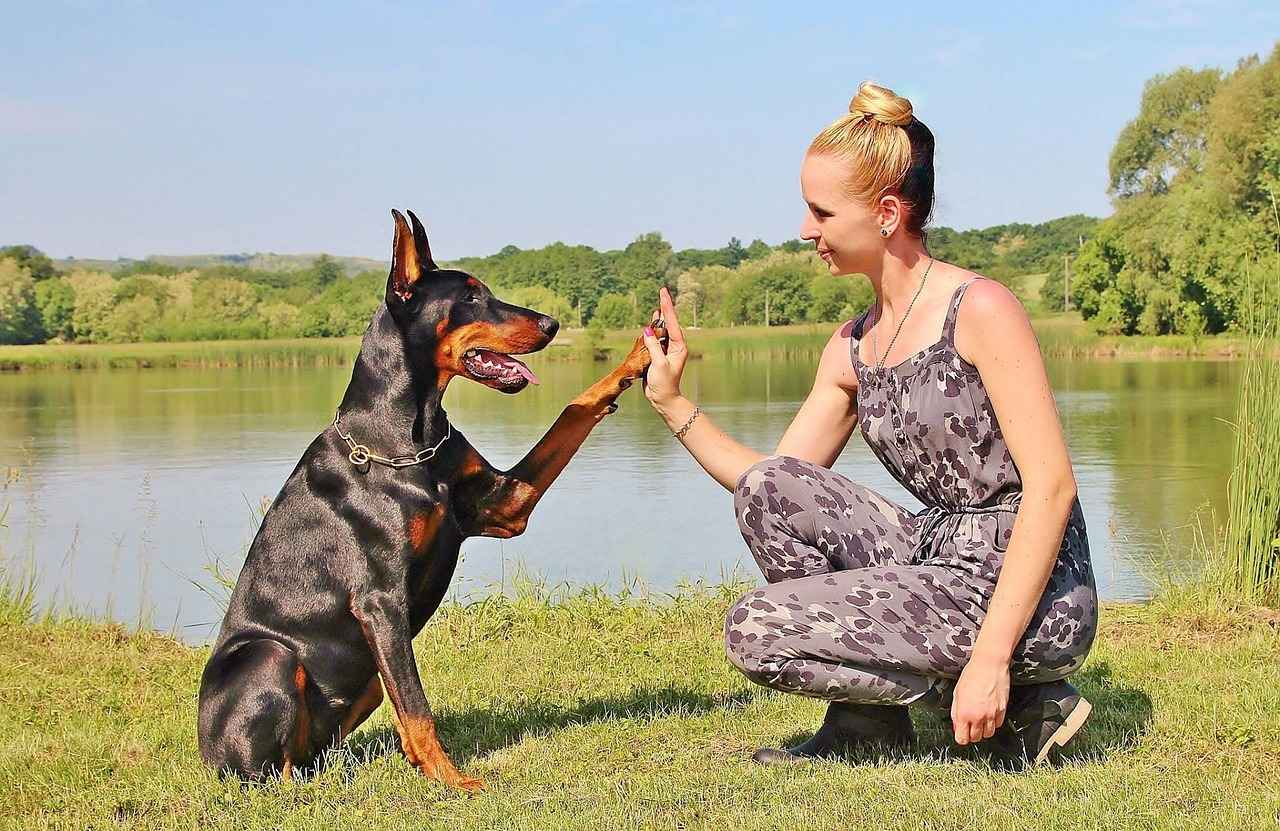
How Does Ryder Influence Young Viewers?
Ryder, the young leader of the Paw Patrol, plays a pivotal role in shaping the values and behaviors of young viewers. His character is not just a source of entertainment; it serves as a powerful influence on children, promoting essential life skills and positive attitudes. In this section, we will explore how Ryder’s character positively impacts young audiences by instilling values such as teamwork, resilience, and leadership.
One of Ryder’s most significant contributions is his emphasis on teamwork. Throughout the series, he demonstrates that working together is vital for achieving common goals. Each mission requires the unique skills of the individual Paw Patrol members, and Ryder teaches children that everyone has a role to play. This collaborative spirit encourages young viewers to appreciate the importance of teamwork in their own lives, whether in school projects or sports.
- Encourages Communication: Ryder fosters open communication among team members, showing children that discussing ideas and strategies leads to better outcomes.
- Celebrates Diversity: By showcasing the different talents of each dog, Ryder illustrates that diversity in skills and perspectives can enhance teamwork.
Ryder is a model of resilience and quick thinking. When faced with challenges during missions, he remains calm and composed, teaching children the importance of staying positive in difficult situations. His ability to assess problems and devise effective solutions instills a sense of confidence in young viewers, encouraging them to tackle their own challenges head-on.
- Learning from Mistakes: Ryder often encounters setbacks but uses them as learning opportunities, demonstrating that failure is a part of growth.
- Encouraging Critical Thinking: By involving the Paw Patrol team in decision-making, Ryder inspires children to think critically and creatively about problem-solving.
As a young leader, Ryder embodies qualities that are essential for effective leadership. He is confident, empathetic, and responsible. These traits not only make him a relatable figure for children but also serve as a blueprint for aspiring young leaders. Ryder teaches children that leadership is not about authority but about guiding and supporting others.
- Leading by Example: Ryder’s actions reflect his values, showing children that integrity and accountability are crucial in leadership.
- Empowering Others: He encourages each Paw Patrol member to take initiative, reinforcing the idea that everyone can be a leader in their own right.
Ryder’s character inspires children to be proactive and responsible. His willingness to take charge and address issues head-on encourages young viewers to do the same in their lives. Whether it’s helping a friend in need or taking responsibility for their actions, Ryder’s influence promotes a sense of accountability.
- Encouraging Initiative: By demonstrating the importance of taking action, Ryder motivates children to be more engaged and proactive in their daily lives.
- Modeling Responsibility: Ryder’s commitment to his community and the Paw Patrol team teaches children the significance of being responsible and dependable.
In summary, Ryder’s character in Paw Patrol serves as a significant influence on young viewers. By promoting values such as teamwork, resilience, and leadership, he encourages children to develop essential life skills that will benefit them as they grow. His relatable character and positive actions inspire children to be proactive and responsible, setting the foundation for a generation of confident and capable individuals.
Role Model for Leadership
In the world of children’s entertainment, few characters resonate as deeply as Ryder, the young leader of the Paw Patrol. His ability to connect with children while embodying the essence of leadership is a remarkable feat. As a relatable role model, Ryder demonstrates that leadership can take many forms, transcending age and background.
Ryder’s leadership style is characterized by a combination of confidence and approachability. He leads the Paw Patrol not just by giving orders, but by actively involving his team in decision-making processes. This inclusive approach teaches children that effective leaders listen to their team members, value their opinions, and foster a sense of belonging.
By showcasing a young character in a leadership role, Paw Patrol sends a powerful message to children: age does not determine capability. Ryder’s adventures emphasize that anyone, regardless of their age, can take initiative and lead others. This representation encourages children to believe in their own potential and to step up when opportunities arise.
Ryder exemplifies key values that are essential for effective leadership, such as integrity, empathy, and resilience. He often faces challenges that require him to make tough decisions, demonstrating to young viewers the importance of staying true to one’s principles. His empathetic nature allows him to understand the feelings of others, teaching children the significance of compassion in leadership.
One of Ryder’s most significant contributions to the series is his emphasis on teamwork. He often reminds his team that they are stronger together, fostering a spirit of collaboration. This not only enhances the effectiveness of their missions but also instills in children the idea that working with others can lead to greater achievements.
Ryder’s quick thinking and problem-solving abilities are showcased throughout the series. He encounters various challenges that require innovative solutions, highlighting the importance of critical thinking and adaptability. Children watching Ryder in action learn that obstacles can be overcome with creativity and teamwork.
Ryder’s influence extends beyond entertainment; he serves as a catalyst for personal growth in children. By portraying a young leader who embodies positive traits, he inspires viewers to develop their own leadership skills. His adventures encourage children to take on responsibilities, whether in their home, school, or community, fostering a sense of agency and accountability.
Ryder is known for his motivational quotes that resonate with children. Phrases like “No job is too big, no pup is too small!” emphasize the importance of teamwork and the belief that anyone can contribute positively, no matter their size or age. Such quotes serve as daily affirmations for young viewers, reinforcing the value of self-belief and cooperation.
In summary, Ryder from Paw Patrol is more than just a character; he is a role model for young leaders everywhere. His qualities of empathy, teamwork, and problem-solving not only entertain but also educate children about the essence of leadership. By demonstrating that leadership can emerge from any age, Ryder inspires the next generation to embrace their potential and lead with confidence.
Promoting Teamwork and Friendship
Paw Patrol, a beloved animated series for children, showcases the adventures of a group of rescue dogs led by the young and enthusiastic Ryder. One of the most significant themes woven throughout the series is teamwork and friendship. Ryder’s character embodies these values, serving as a role model for young viewers.
Throughout the episodes, Ryder consistently emphasizes the importance of working together. He understands that each member of the Paw Patrol brings unique skills to the table, and by collaborating, they can achieve remarkable results. For instance, during rescue missions, Ryder assesses the situation and assigns tasks based on each dog’s strengths. This not only highlights the value of teamwork but also teaches children the importance of recognizing and appreciating individual talents.
Ryder’s interactions with his team are filled with encouragement and support, fostering a sense of camaraderie. He often reminds the pups that they are stronger together, reinforcing the idea that friendship is a vital component of any successful team. This message resonates with children, encouraging them to form supportive relationships in their own lives.
Moreover, Ryder’s leadership style is characterized by empathy and understanding. He listens to his team members, values their opinions, and creates an inclusive environment where everyone feels comfortable expressing themselves. This approach not only strengthens their bond but also instills in young viewers the significance of emotional intelligence in friendships and teamwork.
In addition to promoting teamwork, Ryder also teaches valuable lessons about problem-solving. Each mission presents unique challenges, and Ryder guides his team in brainstorming solutions together. This process encourages children to think critically and collaboratively, skills that are essential in both academic and social settings.
Ryder’s influence extends beyond the screen. Parents and educators can leverage the show’s themes to foster discussions about teamwork and friendship in real life. For example, after watching an episode, they can engage children in conversations about how they can support their friends and work together on group projects. This not only reinforces the lessons learned from Ryder and the Paw Patrol but also encourages children to apply these principles in their daily interactions.
Ultimately, Ryder’s character serves as a beacon of hope and positivity, demonstrating that teamwork and friendship are not just essential for success in missions but also for building meaningful relationships. By showcasing the power of collaboration, the series inspires young viewers to embrace these values, shaping them into empathetic and cooperative individuals.
In conclusion, the emphasis on teamwork and friendship in Ryder’s interactions with the Paw Patrol members provides a rich learning experience for children. Through engaging storytelling and relatable characters, the series instills important life lessons that children can carry with them as they grow.
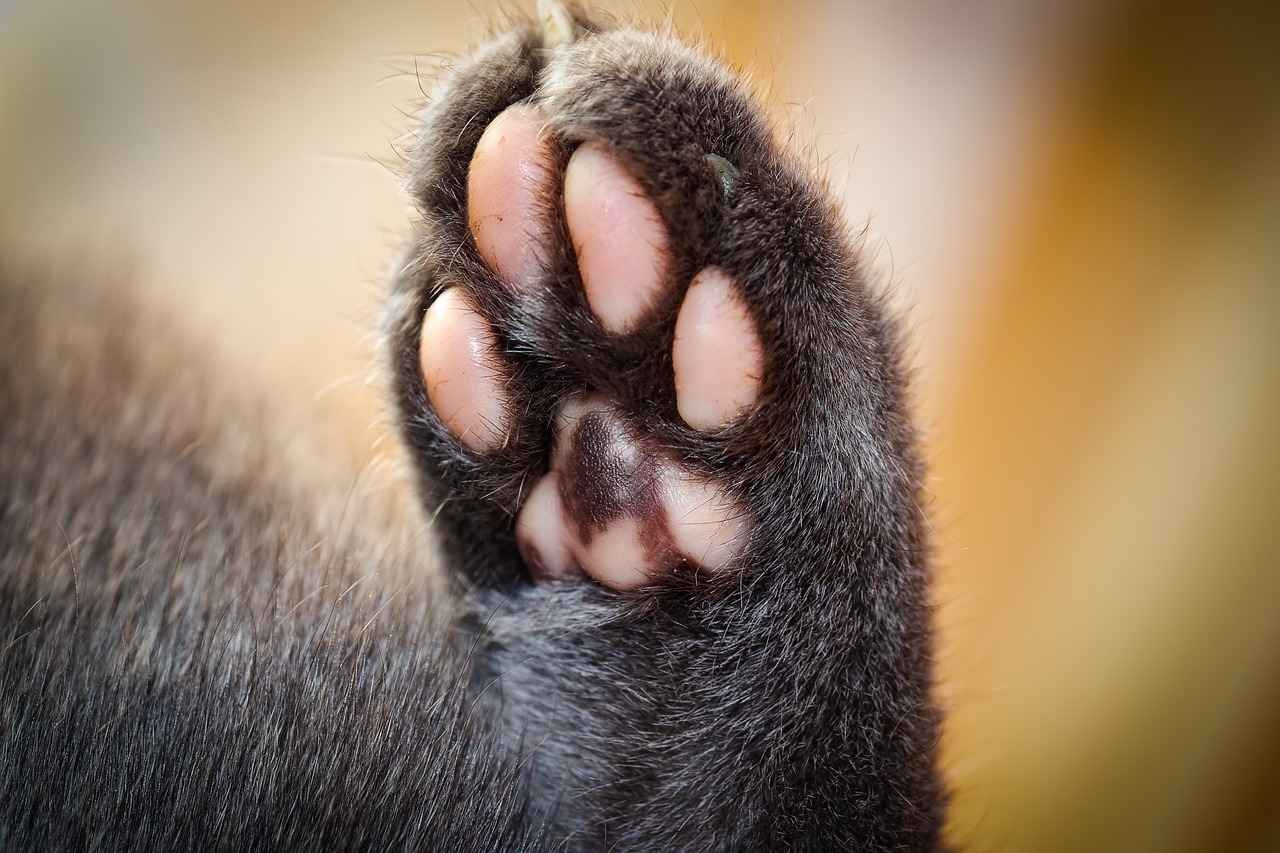
What Are Ryder’s Most Memorable Quotes?
Ryder, the young leader of the Paw Patrol, is not only known for his adventurous spirit and problem-solving abilities, but also for his memorable quotes that inspire and motivate children. These quotes encapsulate his positive outlook and leadership philosophy, resonating deeply with young viewers. Below are some of Ryder’s most notable quotes, along with the lessons they impart.
- “No job is too big, no pup is too small!” – This quote emphasizes the importance of believing in oneself and recognizing that everyone has a role to play, regardless of their size or abilities. It encourages children to embrace their uniqueness and contribute positively to their communities.
- “We can do anything if we work together!” – Ryder often reminds his team that collaboration is key to overcoming challenges. This quote teaches children the value of teamwork and the idea that combined efforts can lead to greater success.
- “Let’s be brave and help those in need!” – This statement reflects Ryder’s compassionate nature and his commitment to helping others. It serves as a reminder for children to be courageous and empathetic, reinforcing the idea that helping others is a noble endeavor.
Ryder’s insights on teamwork are particularly impactful, as they highlight the significance of friendship and cooperation.
- “Together, we can make a difference!” – This quote underscores the collective power of teamwork. Ryder teaches children that by joining forces with friends, they can achieve their goals and create positive change.
- “Every pup brings something special to the team!” – Ryder celebrates the individuality of each Paw Patrol member, showing that diversity in skills and perspectives enriches the team. This lesson encourages children to appreciate their own strengths and those of others.
Ryder’s quotes often focus on instilling a sense of courage and determination in children. These messages are vital for their personal development.
- “Believe in yourself, and you can achieve anything!” – This empowering quote motivates children to have confidence in their abilities, fostering a growth mindset that encourages them to tackle challenges.
- “Mistakes are just opportunities to learn!” – Ryder teaches children that failure is not the end but a stepping stone towards success. This perspective helps children develop resilience and a positive attitude toward challenges.
Ryder’s quotes are more than just words; they are life lessons that resonate with children, reinforcing values such as empathy, teamwork, and self-belief. Each quote serves as a guiding principle that helps young viewers navigate their own lives, inspiring them to be thoughtful, courageous, and collaborative individuals.
By sharing these memorable quotes, Ryder not only entertains but also educates, making a lasting impact on the hearts and minds of his audience. As children engage with these messages, they learn to embody the qualities of a true leader, just like Ryder.
Inspirational Quotes
Ryder, the young leader of the Paw Patrol, is not just an animated character; he embodies values that resonate deeply with children. His often emphasize courage and determination, encouraging children to face challenges head-on and believe in their abilities. These messages are crucial in helping young viewers navigate their own lives, instilling a sense of confidence and resilience.
Through his words, Ryder teaches children that every obstacle can be overcome with the right mindset. For instance, he often reminds his team that “No job is too big, no pup is too small!” This quote not only highlights the importance of teamwork but also reassures children that they are capable of achieving great things, regardless of their size or age. It encourages them to embrace their uniqueness and use it to their advantage.
Moreover, Ryder’s quotes are a source of motivation, especially when his team faces daunting tasks. Phrases like “We can do this together!” serve as a reminder of the power of collaboration. By emphasizing teamwork, Ryder helps children understand that they are not alone in their struggles. This lesson is vital, as it fosters a sense of community and support among peers.
Ryder also inspires children to develop a growth mindset. When he says, “Mistakes are just opportunities to learn,” he encourages young viewers to view failures as stepping stones rather than setbacks. This perspective is essential for personal development and helps children build resilience, teaching them that perseverance is key to success.
In addition to courage and determination, Ryder’s quotes often touch on the importance of self-belief. He frequently tells his team, “Believe in yourself, and you can achieve anything!” This message resonates deeply with children, reminding them that self-confidence is a critical component of overcoming challenges. By instilling this belief, Ryder empowers young viewers to pursue their dreams and aspirations with enthusiasm.
Ryder’s influence extends beyond just his quotes; his actions exemplify the principles he advocates. He demonstrates courage by tackling various missions, showing children that it’s okay to step out of their comfort zones. His determination to help others, regardless of the difficulty of the task, reinforces the idea that making a difference is possible, no matter how small one may feel.
In summary, Ryder’s inspirational quotes serve as powerful tools for teaching children about courage, determination, and the importance of teamwork. By encouraging young viewers to believe in themselves and embrace challenges, he fosters a positive mindset that can lead to lifelong success. Through his memorable words and actions, Ryder not only entertains but also empowers children to become confident, resilient individuals ready to take on the world.
Quotes About Teamwork
In the vibrant world of Paw Patrol, Ryder’s character stands out not just for his adventurous spirit but also for the profound lessons he imparts about teamwork. His approach to collaboration is a cornerstone of the series, offering young viewers invaluable insights that extend beyond the screen.
Ryder frequently emphasizes the significance of working together, demonstrating that when individuals combine their strengths, they can achieve remarkable outcomes. This message resonates deeply with children, teaching them that teamwork is not merely about sharing tasks but about fostering a sense of community and support.
- Encouraging Collaboration: Ryder often states, “Together, we can do anything!” This quote encapsulates the essence of collaboration, reinforcing the idea that collective efforts lead to greater success.
- Celebrating Individual Strengths: He reminds his team that each member brings unique abilities to the table, saying, “Every pup has a special skill that makes us stronger.” This highlights the importance of recognizing and valuing diversity within a team.
- Building Trust and Friendship: Ryder teaches children that trust is the foundation of any successful team. His quote, “Trust each other, and we’ll always find a way,” emphasizes the necessity of relying on one another.
Through these lessons, Ryder not only promotes teamwork but also instills values of friendship and cooperation. By showcasing how his team navigates challenges together, he illustrates that success is often a group effort. This portrayal encourages young viewers to appreciate the relationships they build with their peers.
Moreover, Ryder’s leadership style is a model for how to cultivate a collaborative environment. He often gathers the Paw Patrol for a team huddle, where they discuss their plans and share ideas. This practice not only motivates the pups but also teaches children the importance of communication in achieving a common goal.
Ryder’s influence extends beyond the confines of the Paw Patrol universe. Children who watch the series learn that teamwork is an essential skill in various aspects of their lives, whether in school projects, sports, or friendships. The lessons imparted through Ryder’s character encourage kids to engage actively with others, fostering a sense of belonging and community.
In conclusion, Ryder’s insights about teamwork serve as a vital lesson for personal and social development. By highlighting the power of collaboration, he prepares young viewers to face challenges with confidence and resilience, ensuring they understand that together, they can accomplish great things.
Frequently Asked Questions
- What age group is Ryder from Paw Patrol suitable for?
Ryder and the Paw Patrol series are primarily aimed at children aged 2 to 6 years. The show promotes valuable lessons in teamwork and problem-solving, making it perfect for preschoolers.
- How does Ryder encourage teamwork among the Paw Patrol members?
Ryder fosters teamwork by assigning tasks based on each pup’s unique skills. He emphasizes communication and collaboration, teaching kids that working together can solve problems more effectively.
- What are some of Ryder’s most famous quotes?
Ryder often shares motivational quotes like “No job is too big, no pup is too small!” These phrases inspire children to face challenges with courage and teamwork.
- Is Ryder a good role model for children?
Absolutely! Ryder embodies qualities like leadership, empathy, and resilience. His character encourages kids to be proactive and responsible, making him a relatable role model.
- What types of missions does Ryder lead?
Ryder leads the Paw Patrol on various rescue missions, including saving animals, helping the community, and exploring the outdoors. Each adventure is designed to teach important life lessons.

